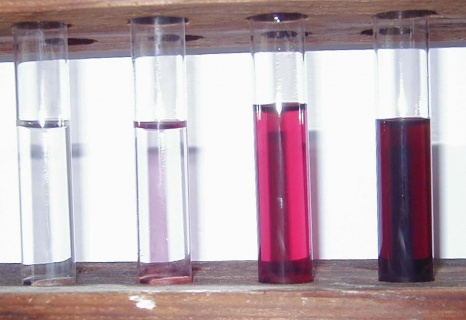



Gas/wall collision mechanisms play a key role in Knudsen diffusion process. In particular, the channel wall structure has a major influence in mass transfer. So, we investigate the influence of the wall roughness, anisotropy and porosity on the self-diffusion of helium and neon in nanochannels. Three materials are proposed: graphite and β-cristobalite and amorphous silica. The study makes it possible to analyze, in function of temperature, the correlation between 1/the ballistic/diffusion transition regime of the surface gas transfer, 2/the transition of the bouncing process to a linear increase of the bounce number with time and 3/the shape of the surface residence time distribution characterized by a Fréchet like distribution at short time and an exponential decay at long time. As concerns the amorphous SiO 2 , the bounce must be redefined owing to the transfer inside the material which is dominated by a cage effect. The anisotropy effect on collision process and Knudsen diffusion is analyzed by means of a tensorial computation of the tangential momentum accommodation coefficient and of the mean square displacement. Using the Langevin at the channel scale and the Arya model, the ballistic/diffusion transition time of the mean square displacement is related to the collision frequency and the collision number required for the velocity to be uncorrelated. A stochastic model confirms the molecular dynamics results with β-SiO 2 channel: The behavior of the Knudsen diffusion coefficient according to the Arrhenius law and the influence of collision frequency on transition time.
Effective combustion modeling relies on the precise estimation of hydrogenair combustion characteristics. In this sense, Millán-Merino and Boivin [1] designed a single-step mechanism for hydrogen combustion that accurately recovers the adiabatic flame temperature using a variable stoichiometric coefficient formalism. The present study proposes a drastic simplification of this approach (further reducing computational cost and complexity) and formally clarifies the contribution of the variable stoichiometric coefficients and their evolution across the flame internal structure.
This chapter presents the activity conducted by the ITPA topical group (TG) on Diagnostics over about the last 15 years. Following a general introduction of the ITER Diagnostics led by their measurement roles, the document is organized in several subchapters detailing the design support, research and development activity conducted by each of the specialist working groups (WGs) of the TG. Please note that the magnetic diagnostics were supported at the TG without a specific WG. Their status is included in the general introduction. In the following some highlights of the subchapter's contents are provided. Recent advances in ITER first wall (FW) diagnostics for the measurements of plasma-metallic wall interaction in support of the ITER research plan are reported. An InfraRed imaging Video Bolometer for ITER has been developed and tested on several tokamaks to measure the radiated power loss. A laser-induced breakdown spectroscopy (LIBS) technique which utilizes a pulsed laser beam to ablate locally by Nucl. Fusion 65 (2025) 113001 Review inconsistencies. Physics-based modeling and parameter relationships provide additional information improving the treatment of ill-posed inversion problems. A coherent combination of all kind of available information within a probabilistic framework allows for improved data analysis results. The concept of integrated data analysis (IDA) in the framework of Bayesian probability theory is outlined and contrasted with conventional data analysis. Components of the probabilistic approach are summarized and specific ingredients beneficial for data analysis at fusion devices are discussed. This paper is part of the Special Issue: On the Path to Tokamak Burning Plasma Operation: A collection of papers prepared by the ITPA Topical Physics Groups reviewing progress in the development of the physics basis for burning plasma operation.
The numerical study of ignition risk in the event of high-pressure hydrogen leakage presents numerous challenges. The first is to properly simulate the complex multi-dimensional flow, characterized by a hemispherical expanding shock and a contact discontinuity. The second is to accurately resolve the di!usion/reaction interface, which exhibits a very small length scale compared to the jet radius. These challenges were addressed in our previous work (Le Boursicaud et al., Combust. Flame 274, 2025), leading to the development of a reduced-order model capable of e"ciently predicting the risk of self-ignition in the case of high-pressure hydrogen storage leakage for various geometries.
The present work focuses on extending the previously developed model to account for the e!ects of leakage in confined spaces. These modifications include a simple adjustment of the pseudo-1D model to account for shock reflection, as well as the consideration of entropy jumps occurring during the interaction between the reflected shock wave and the di!usion layer. This work is motivated by the potential increase in ignition risk when leaks occur in confined environments, as opposed to the open environments previously considered (Smygalina and Kiverin, Int. J. Hydrog. Energy 47, 2022).
Novelty and Significance Statement: This work extends a reduced-order model for shock-induced ignition of high-pressure hydrogen leaks from open to confined environments, capturing key e!ects such as shock reflection and shock-contact interaction. It enables e"cient assessment of ignition risk in scenarios where full-resolution simulations are computationally prohibitive.
